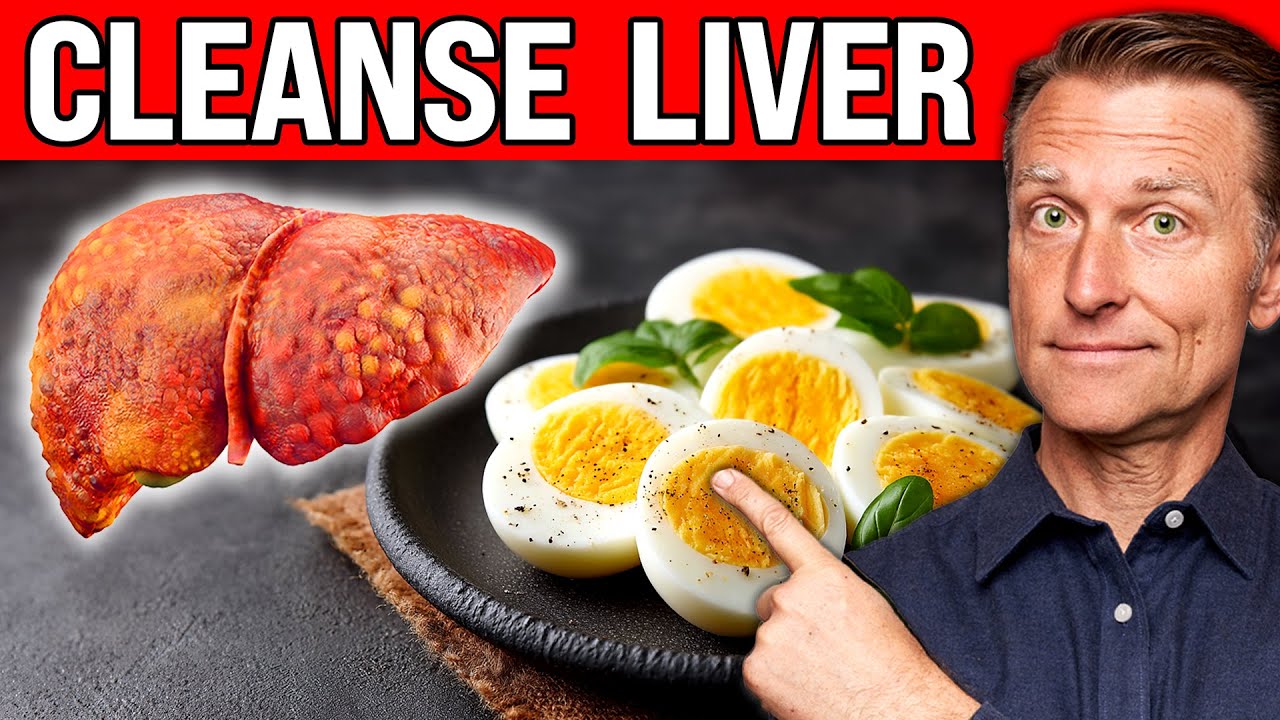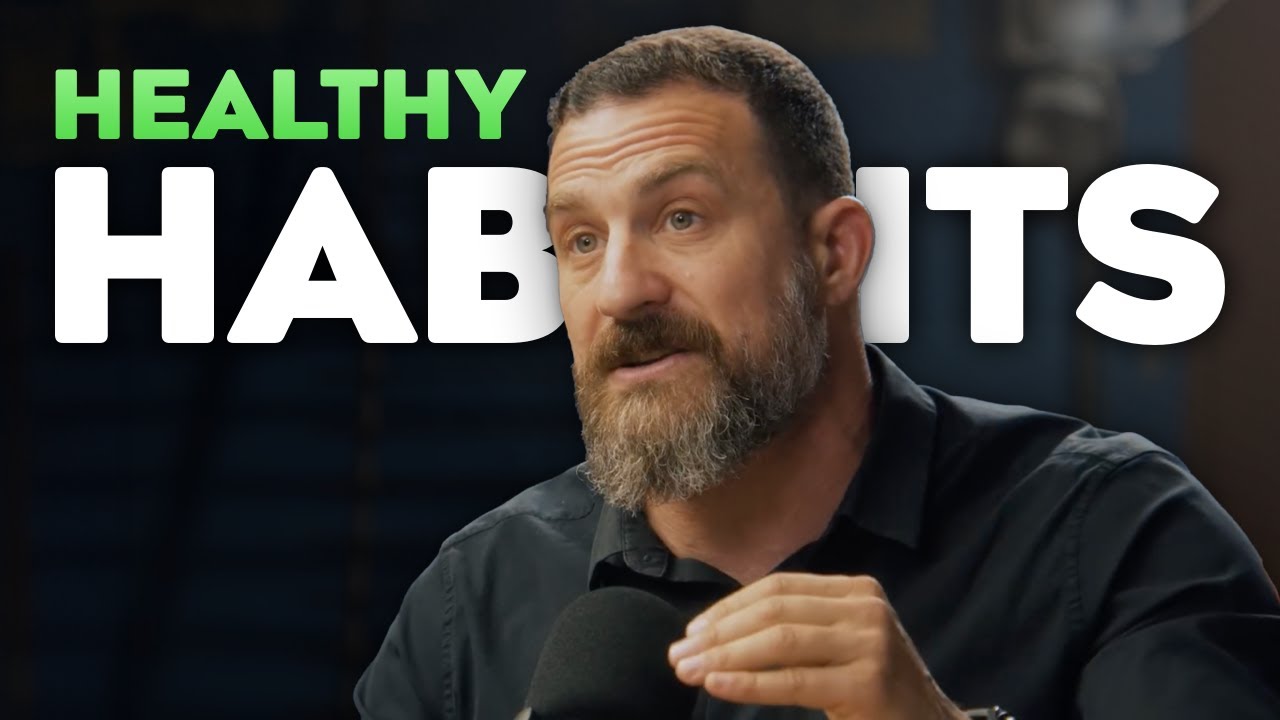Fatty liver disease was once almost exclusively linked to excessive alcohol consumption. Today, however, the leading cause has shifted — and it’s affecting millions of Americans who have never touched a drop. This condition, now increasingly tied to metabolic health, is rising in step with chronic illnesses like obesity, insulin resistance, and type 2 diabetes.
But here’s what’s rarely talked about: the real root cause.

From NAFLD to MASH: Understanding the Shift
Medical professionals have traditionally used the term NAFLD (non-alcoholic fatty liver disease), but in recent years, experts have proposed a more accurate name — MASH, or Metabolic dysfunction-associated steatotic hepatitis. This updated term reflects the deeper connection between liver fat accumulation and systemic metabolic issues like poor blood sugar regulation and inflammation.
Unfortunately, most mainstream narratives treat these problems as isolated “risk factors” — not as clear consequences of long-term dietary habits.
What’s Really Driving Fatty Liver Disease?
The real culprit? A modern diet overloaded with refined carbohydrates, added sugars, and processed seed oils — not excessive calories from nutritious whole foods.
When you consistently consume ultra-processed foods like white bread, crackers, cereals, pancakes, and sugary beverages, your liver is bombarded with ingredients it’s not designed to handle in high quantities — particularly fructose and omega-6-laden seed oils. While glucose can be used by most cells in your body, fructose must be processed in the liver, where it can rapidly turn into fat when consumed in excess.
Over time, this fat builds up in liver cells, impairing function and triggering chronic inflammation. And that’s just the beginning.

Symptoms Are Often Silent — Until They’re Not
Many people with a fatty liver don’t experience overt symptoms in the early stages. But some common, under-recognized signs include:
- Fatigue or brain fog
- Mild pain in the upper right abdomen
- Itchy feet or yellowing of the skin (jaundice)
- A noticeably protruding abdomen (“liver belly”)
Often, by the time symptoms become obvious, liver damage is already well underway.
Debunking the Red Meat Myth
Many government guidelines and health websites list red meat, organ meats, and eggs as contributors to fatty liver. But here’s what most people don’t realize: these claims are based on observational studies, which cannot prove cause and effect.
In most of these studies, participants are asked to recall their dietary intake over the past year. But what’s not controlled? Whether they were also consuming sugary sodas, eating fries with their steak, smoking, or drinking alcohol. Without accounting for these variables, blaming nutrient-dense whole foods like red meat and eggs is misleading at best — and dangerous at worst.
In fact, the explosion of fatty liver cases has occurred after saturated fat was demonized and replaced with highly processed, carbohydrate-rich foods.
The Power of a Low-Carb, Nutrient-Dense Diet

Clinical evidence shows that switching to a low-carbohydrate or ketogenic diet can reduce liver fat by up to 50% in just a few weeks. The right foods don’t just help halt disease progression — they can reverse it.
So, what should you actually be eating to support a healthy liver?
7 Nutrient-Packed Foods That Support Liver Fat Reduction
1. Grass-Fed Red Meat (Beef or Lamb)
Far from the villain it’s made out to be, grass-fed meat is one of the most liver-friendly foods you can eat. It’s rich in:
- High-quality protein for liver cell repair
- Zinc and copper to support detoxification
- CoQ10, a powerful antioxidant
- Iron and B vitamins critical for mitochondrial function
This type of meat also helps stabilize blood sugar and improve insulin sensitivity, reducing the root cause of fat accumulation in the liver.
2. Egg Yolks
Egg yolks are packed with choline, a nutrient essential for fat metabolism in the liver. Choline helps export fat out of liver cells and is often deficient in standard American diets. Plus, eggs are naturally low-carb, making them perfect for liver health.
3. Fermented Cruciferous Vegetables (e.g., Sauerkraut)
Cruciferous veggies like cabbage, broccoli, and Brussels sprouts support liver detox pathways. When fermented, like in sauerkraut, they also deliver beneficial probiotics, which help rebalance gut bacteria — another critical component of metabolic health.
4. Arugula with Olive Oil and Nutritional Yeast
Bitter greens like arugula enhance bile flow, which supports fat digestion. Drizzle with extra virgin olive oil (rich in monounsaturated fats) and a sprinkle of nutritional yeast for a savory boost of B vitamins and umami flavor. This combo feeds both your body and your microbiome.
5. Wild-Caught Fatty Fish (Like Salmon or Sardines)
Wild fish are loaded with omega-3 fatty acids, which help:
- Reduce inflammation
- Lower triglycerides
- Improve liver enzyme levels
These fatty acids directly combat the inflammatory cycle driving MASH and can help reverse fatty deposits in the liver.
6. Broccoli Sprouts
Tiny but mighty, broccoli sprouts are concentrated sources of sulforaphane, a compound shown to:
- Support detoxification enzymes in the liver
- Reduce oxidative stress
- Lower blood sugar and A1C levels
Add a handful to salads or serve with avocado and poached eggs for a powerhouse liver-supportive meal.
7. Grass-Fed Beef or Lamb Liver
Yes, liver for your liver. One of the most misunderstood superfoods, grass-fed liver is a nutritional goldmine:
- Choline (more than eggs!)
- Vitamin A for immune and liver cell health
- Zinc, selenium, and copper to fight inflammation
- B vitamins, especially B12 and folate, for energy metabolism
Combine sautéed liver with garlic, onions, and a side of sauerkraut or arugula for the ultimate liver-healing dish.

Final Thoughts: The Path to Liver Recovery Starts on Your Plate
If you’re struggling with fatigue, unexplained weight gain around your midsection, or poor blood sugar control, don’t overlook your liver. The good News is that liver fat accumulation is highly reversible — and it begins with targeted dietary changes.
Focus on whole, nutrient-dense, low-carb foods that help reduce inflammation, regulate insulin, and support your body’s natural detox systems. Avoid the ultra-processed foods that have flooded the American diet and contributed to this modern epidemic.

Ready to Take Control of Your Liver Health?
Explore our other expert articles on metabolic health, or consult with a qualified nutrition professional to personalize a food-first plan that works for your lifestyle. Small changes can lead to profound improvements — and your liver will thank you for it.



